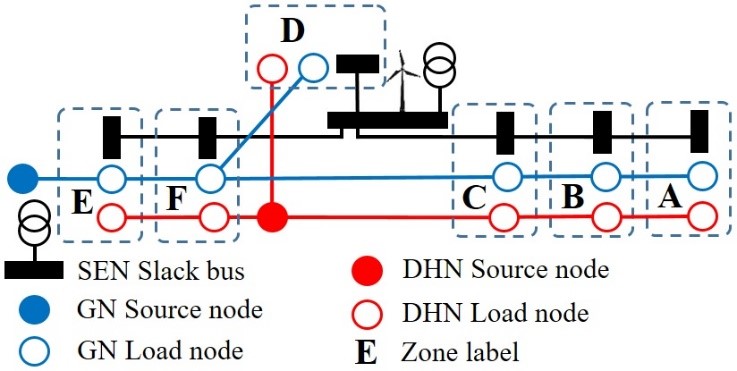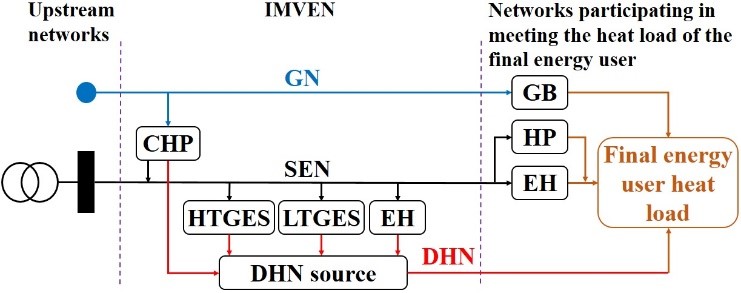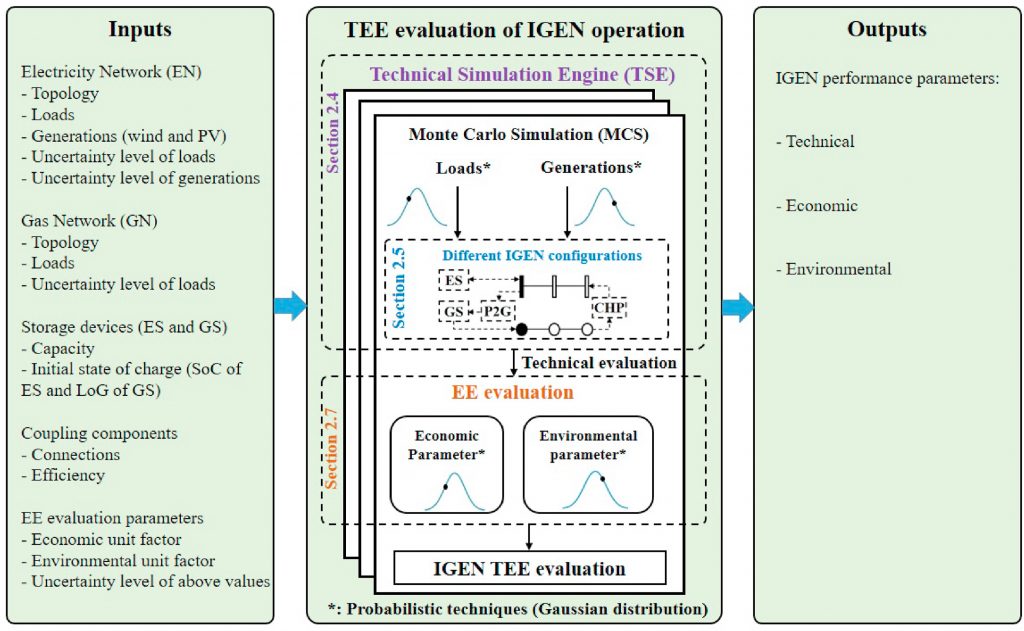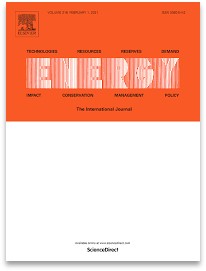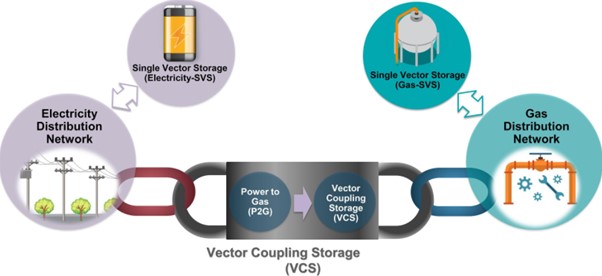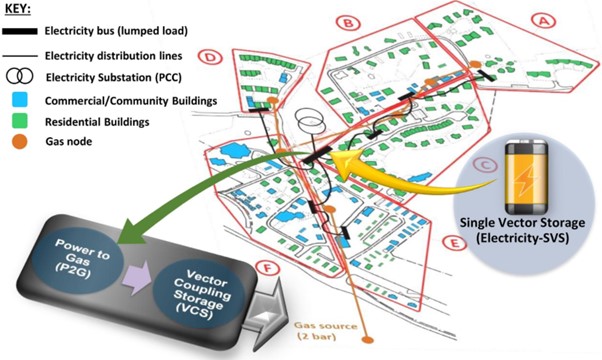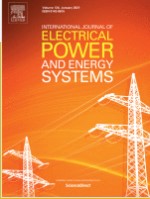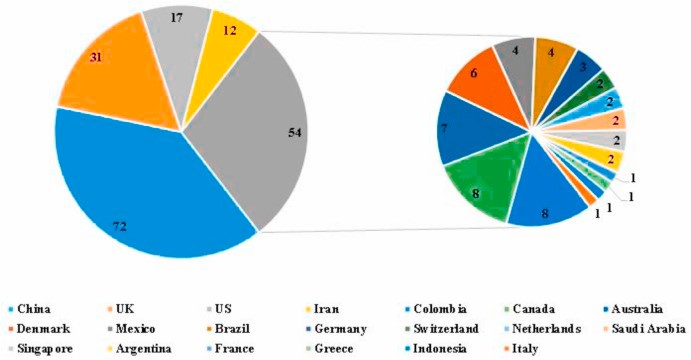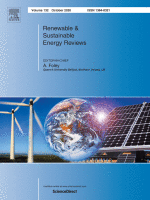In late 2020, there was a flurry of announcements about climate change and energy – first a ten-point plan for a ‘Green Industrial Revolution’[i] followed a few weeks later by a much–delayed energy White Paper[ii]. Nuclear power figures prominently in both narratives, with three possible ways forward. In this CESI Blog post, Professor MacKerron, CESI Associate Director and Professor of Science and Technology Policy at the Science Policy and Research Unit (SPRU) at the University of Sussex discusses these routes.
About the Author

Gordon is Professor of Science and Technology Policy at the Science Policy and Research Unit (SPRU). He specialises in the economics and policy issues of electricity, especially nuclear power, and more broadly in energy security questions. He currently chairs the Research Committee of UKERC and was deputy director of the Strategy Unit, Cabinet office team that wrote the ‘Energy Review’ in 2003.
He is currently overall PI in the Horizon 2020 project TRANSrisk, a collaboration of 11 partner institutes engaged in assessing the risks attaching to different policy pathways consistent with achievement of European 2050 climate change commitments.
Gordon works on a number of CESI Work Packages and is lead for Work Package 1: Commercial, Regulatory & Policy Aspects
Three possible ways forward.
First, there is a long-term hope that a UK-only commercial fusion design will be ready by 2040. This is frankly wishful thinking and, even if it could be achieved, involves a new type of compact design that would have no impact on 2050 zero-carbon objectives. This is because it would be a small prototype 100MW machine with a current price tag of £2bn[iii] – three times more expensive per unit of output than the already very expensive twin reactors being built at Hinkley C. £400m has been ‘already committed’ to this endeavour by Government,[iv] a sum that could have been spent instead on projects that could genuinely contribute to net zero.
The second possibility is a push (‘aim’) to have one more large nuclear plant brought to final investment decision by 2024, following the almost-decade-late Hinkley C. As Government makes clear, achieving this will depend on a radically new funding structure.[v] This could be a regulated asset base model, in which consumers would take on most construction risk, allowing investors a more or less guaranteed rate of return, and/or Government putting up some taxpayer cash. Since the White Paper, it has become clear that developments at two of the only three plausible big-reactor sites – Wylfa (abandoned by Hitachi) and Bradwell (paused for a year by EDF/China General Nuclear) – are now effectively no longer in contention. Only a further Hinkley replica at Sizewell seems at all possible, and large institutional investors have recently made clear they will not put up any of their own money for this. Significantly, and credibly, Government makes no mention of any further ventures along the large-nuclear path.
What’s wrong with option 1 or 2?
The problems in these two nuclear avenues inevitably throw a lot of weight on to the third strand, the development of so-called modular reactors, both ‘small’ (SMRs) and ‘advanced’ (AMRs). The relatively near-term part of this involves Government spending up to £215m to help develop a domestic SMR design by the early 2030s.[vi] The attraction of SMRs is that they could offer the possibility of relatively rapid factory manufacture of components, followed by fairly simple on-site construction. Their main drawback is that they will be based on cut-down versions of existing light water reactor designs, in the process losing the economies of large-scale current nuclear plants. In practice the only credible SMR involves a consortium already built up over several years by Rolls Royce, using its technical know-how as designer and manufacturer of small reactors for UK nuclear-powered submarines. To be at all competitive many SMRs would need to be built, thus achieving economies scale in production to offset the loss of economies of large reactor size. In this pursuit, Rolls Royce want to build up to 16 of these SMRs at a cost currently estimated by them[vii] (and therefore probably optimistic) of just short of £29bn. This is a highly inflexible proposition, risking very large sums of public money.
Rolls Royce have also suggested that such reactors might generate at around £60/MWh initially, falling to £40/MWh for later plants.[viii] By contrast, in terms of real projects, as opposed to very early and potentially optimistic expectations, offshore wind is already committing to deliver in the near-term at auction prices of around £40/MWh.[ix] According to the White Paper, the global market for modular and advanced reactors might (as ‘estimated by some’ – actually the National Nuclear Laboratory) be worth £250bn to £400bn by 2035. This is at best heroic, given that the current global market is zero. In any case, the idea that the UK might win a large share of such a market (if it did exist) is made hopelessly implausible by the fact that the UK is well behind several other countries’ SMR development. These include Russia, the USA, Japan and China, with the Rolls Royce planned design only one among over 70 SMR designs currently being pursued around the world.[x]
The second leg of the modular reactor story involves ‘Advanced’ reactors. The ambition here is to have a demonstrator ready by the early 2030s ‘at the latest’. For this, the Government may be willing to spend a further £170 m. Here we are in highly speculative territory. As the White Paper very briefly explains, AMRs would be reactors that use ’novel cooling systems or fuels and may offer new functionalities (such as industrial process heat).’[xi] Such designs would most likely involve high temperature gas cooling; many such designs have been developed in the past 50 years, none of them proving commercially viable. It is not clear why work in these challenging technological areas can be expected to do much better in the future. Even if such technologies eventually prove more commercially tractable, having a demonstrator built by the early 2030s is extremely hopeful.
Optimism?
The optimism displayed in these plans includes the up-front claim that ‘the UK continues to be a leader in the development of nuclear technologies’[xii] – a proposition, when applied to commercial reactors, that has no basis in fact whatever. However, Government does qualify its enthusiasm by making clear that its plans, including expenditure, remain conditional. For a large reactor, bringing a project to fruition depends on ‘clear value for money for both consumers and taxpayers’[xiii] and the £385 m apparently to be spent on SMRs and AMRs reactors is ‘subject to future HMT [Treasury] Spending Reviews’.[xiv] But even if all nuclear plans worked out as the White Paper hopes – in terms of developing new low-carbon capacity on the predicted time-scale – it is far from clear that this would be achieved at anywhere near competitive cost. Even if nuclear power does well, large reactors will play, at best, a very small part in the move to net zero carbon by 2050. While modular reactors could do more, there is huge uncertainty, probable extended timelines and no guarantee of any kind of success.
[i] HM Government (2020) The Ten Point Plan for a Green Industrial Revolution November
[ii] HM Government (2020) The Energy White Paper. Powering our Net Zero Future December CP337
[iii] ‘UK takes step towards world’s first nuclear fusion power station’ New Scientist, 2 December 2020. Numbers are quoted from the UKAEA, the fusion R&D proponent
[iv] The Energy White Paper, p. 51.
[v] Ibid., p. 49
[vi] ibid. p. 50
[vii] World Nuclear News ‘Rolls Royce on track for 2030 delivery of UK SMR’ 11 February 2021
[viii] ibid.
[ix] https://www.greentechmedia.com/articles/read/prices-tumble-as-u-k-awards-5-5gw-of-offshore-wind
[x] IAEA Advances in SMR technology development 2020 September 2020, in which 72 designs are listed
[xi] The Energy White Paper, p. 51
[xii] ibid. P.50
[xiii] ibid. p.49.
[xiv] ibid. p.50

